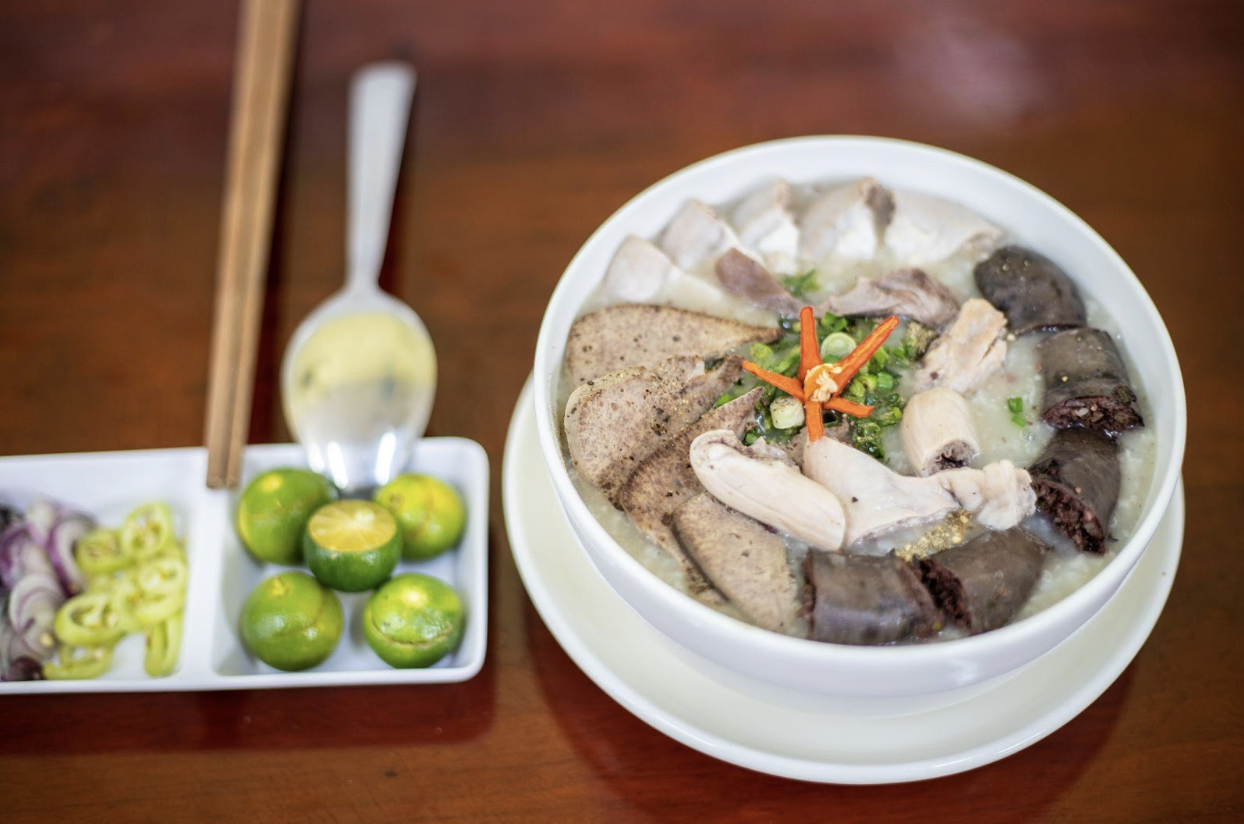
Traveling to new countries allows us to experience their cuisine. Some dishes and foods are prohibited in one country and adored in another. If you like exotic foods, you have come to the right place.
This is your ultimate guide to delicious exotic foods that will catch your taste buds off guard.
You will only find some foods on the list in one place. Having the foods on your bucket list will help you to experience something new whenever you choose to give any food a go!
11 Delicious Exotic Foods That Will Catch Your Taste Buds Off Guard
There are numerous foods around the world you can try. We tried to gather the most exotic ones that would be an adventure for your taste buds and brain!
Here is our list of 11 delicious exotic foods that will catch your taste buds off guard:
1. Kaya Toast (Singapore)
The toast is quite creative and tasty. You could easily spend most of your trip simply asking people for recommendations on places to eat, as the natives are passionate about food.
Despite its deliciousness, Kaya Toast is relatively easy to come across in the United States. It’s a sweet custard spread on bread and nice and thick.
2. Deer Jerky( USA)
Texas, USA, is a great spot to go hunting. The vast open spaces and low restrictions make it the ideal deer hunting spot.
There are traditional and wholesome deer stew or sausage. Another healthy alternative is exotic deer jerky, which you can source from https://jerkybrands.com/exotic/deer-jerky/. It is a must-try while visiting Texas.
3. Blood Sausage( Ireland/ UK)
Blood sausages have a filling made of cooked or dried blood. It solidifies as it cools. The location of production typically dictates the choice of ingredients.
Traditional stuffing ingredients across Europe and North America include a variety of meats, fats, suets, slices of bread, cornmeal, onions, chestnuts, barley, oats, and buckwheat. Rice is a staple food in many Asian and Iberian countries. Spices, sugar, honey, and orange peel are also popular.
4. Hakarl (Iceland)
Hakarl is a traditional Icelandic delicacy. It is made from dried shark meat aged four to six months through fermentation. If the shark’s odor is strong, the meat is prepared to be eaten by adventurous diners like yourself.
You can find Hakarl all year long, but its most common appearance is during Iceland’s midwinter celebration due to its powerful ammonia-rich smell and fishy flavor.
5. Casu Marzu (Sardinia)
Casu marzu is a soft cheese that oozes a little bit of liquid. A transparent white color characterizes the larvae. Sardinian specialty is made from sheep’s milk.
Casu marzu undergoes further processing beyond fermentation into decomposition. Adding these larvae to the cheese is done on purpose so that the cheese can ferment and develop a more complex fatty acid profile. While visiting Sardinia, make it a part of your sonic happy hour!
6. Haggis (Scotland)
Scotland’s traditional food is haggis. Haggis is typically produced with a sheep’s ‘pluck’ (the heart, liver, and lungs), adding onions, muesli, suet, sugar, herbs, and spices, and then boiling the mixture in the animal’s stomach for around an hour.
The process may sound unpleasant, but the finished product is exotic and will get your taste buds off guard!
7. Vegemite (Australia)
Vegemite is an Australian spread that combines leftover brewers’ yeast extract with other ingredients to create a thick, brown spread. Vegemite is made from the leftovers that brewers would otherwise throw away. It has the umami flavor of beef bouillon and is salty, bitter, malty, and glutamate-rich.
This spread is internationally comparable and used in various sandwiches, toast, crumpets, cracker biscuits, and pastry applications.
8. Balut (China/ Philippines)
Balut is a popular street snack in China. In the Philippines, an embryo from a fertilized egg is called balut, boiled and consumed while still in the shell. There is a 14-day minimum and a 21-day maximum for duck egg incubation.
Balut eggs need more incubation before the embryo develops enough for the duckling’s characteristics to appear.
9. Tuna Eyeballs (Japan)
The Japanese love their tuna. They try to make use of every part of it.
Tuna has such high demand that even the fish’s eyes are sold cheaply at supermarkets and fish markets.
They’re delicious when cooked and seasoned with garlic, soy sauce, and lemon for a quick bite. The flavor is meant to evoke that of an octopus.
10. Corn Smut (Mexico)
Mexican food guide includes eating maize infected with a fungus that produces white and black tumors for centuries. It’s known as huitlacoche and is reported to have a smoky sweetness. This fungus does not harm corn or make it poisonous.
Corn smut resembles other types of mushrooms. It tastes like corn and has an earthy undertone. That’s why it fetches such a high price in Mexico and the rest of Latin America. The vitamin content is excellent.
11. Mopane Worms (Africa)
The Mopane Worm is a popular dish in Africa. They are harvested by hand from the wild, then dried and served as a crunchy snack. Mopane worms are versatile and can be prepared in several ways, including soaking to rehydrate, frying till crunchy, or cooking with tomatoes, onions, and spices before being served with pap.
Mopane worms include a slice of yellowish meat on the inside. Tiny pieces of dried leaf taste like tea leaves and can survive digestion and make it to the intestinal tract. In addition to plain tomato or chili sauce, you can purchase these little creatures canned or packaged.
Conclusion
Food can comfort us and nourish us. It can also give us a sense of adventure and excitement.
We can guarantee these 11 delicious exotic foods that catch your taste buds off guard. So, Bon Appetit!
Published by HOLR Magazine.


